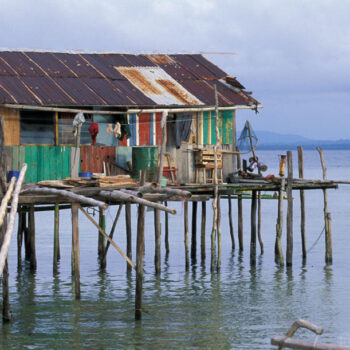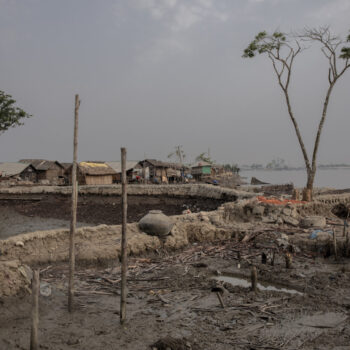As Kristalina Georgieva gears up for her next five-year term as Managing Director (MD) of the IMF, the world looks for renewed leadership in navigating a turbulent macroeconomic landscape while delivering for people and the planet. Her second term represents the starting point of the next 80 years of the Bretton Woods institutions – where bold action is necessary in the last leg of the so-called decade of action.
During her first five-year term, Kristalina Georgieva demonstrated a steadfast commitment to maintaining the IMF’s effectiveness in navigating the new challenges its members face. Despite an increasingly complicated backdrop, under her leadership the institution has put forward a climate strategy, issued 650bn in Special Drawing Rights (SDRs), and created a new fund to support climate-vulnerable countries: the Resilience and Sustainability Trust Fund (RST).
Nevertheless, echoing the Managing Director’s sentiments, the 20th-century multilateral finance framework and its institutions, including the IMF, still require evolution. Hence, despite notable strides, the task is not yet complete.
Immediate short-term priorities
- The interim review of the RST should prioritise assessing the impact to date and discussing potential adjustments. The lack of clear metrics for measuring the RST’s success obscures significant design flaws noted by many organisations (e.g. here and here). For instance, stringent eligibility criteria may prevent vulnerable countries without existing IMF programs from accessing financing under the RST. In addition, economic resilience requires fiscal flexibility, yet current programs often emphasise fiscal austerity. Institutionalising collaboration with the World Bank and other Multilateral Development Banks (MDBs) would be critical as those institutions have far more experience on climate issues.
- Collaborate closely with shareholders to facilitate the use of SDRs by MDBs as hybrid capital. Although proposals have been made by several MDBs, such as the AfDB and IDB, to employ SDRs as hybrid capital, progress in this area has stagnated. It’s worth noting that these institutions are designated holders of SDRs and have the potential to significantly enhance financing for both development and climate action.
- Consider regular issuance of SDRs in the future, utilizing available mechanisms to enhance global economic stability and support sustainable development efforts.
Further medium-term opportunities
- Incorporate climate risks, development, and climate needs into the debt sustainability analysis framework. The Low-Income Countries – Debt Sustainability Analysis serves as a critical tool for debt restructuring or relief processes and must accurately diagnose countries’ situations. Currently, the framework inadequately addresses countries’ physical climate risks and their financial requirements for transitioning to green economies – some lessons could be learnt from the update carried out during the review of the DSA for Market Access Countries. The Managing Director should ensure that staff listens to a wide range of stakeholders within a broad consultation.
- Leverage the existing collaboration between the 10 largest MDBs to further support the identification and testing of new innovative financing instruments. The IMF can use its position as a hub of data and expertise to convene other multilateral players, thus minimising duplication of efforts to build mechanisms that reduce the cost of capital and maximise fiscal space for investment, ensuring fiscal sustainability.
- Revisit internal resource prioritisation and staff incentive structures. Despite the initial recommendation from staff that having at least 95 additional hirings, in reality, staffing and resources on climate within the IMF are still a constraint. Creating a Climate Economist role is a good starting point, but the IMF could consider exploring more multidisciplinary hires. Enhanced transparency around the deployment of current expertise would also be welcome.
As Kristalina Georgieva embarks on her next five years, the IMF faces a slew of reviews of its work. This will provide a unique opportunity to reinvigorate frameworks and build a forward-looking agenda that prioritises innovation, inclusivity, and sustainability. Georgieva has the opportunity—and responsibility—to leverage insights gleaned from the hard-won achievements of her initial term. The prize will be to reshape the global financial paradigm, forging a path toward a more prosperous and equitable future for all. Securing this legacy requires recognising how much more there is to achieve.


